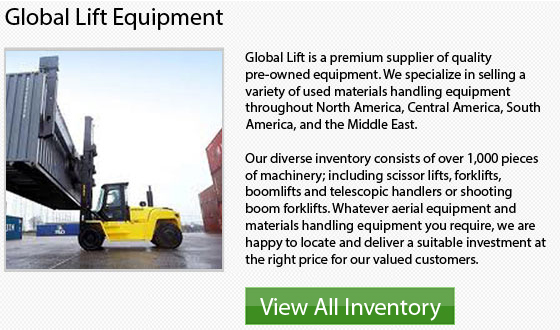
To make sure that safety is a main concern, there are 5 important steps. To be able to make certain that the model is visually safe, the first step is to perform a Walk-Around Inspection. After that assess if the worksite is safe to use with a Worksite Assessment. The Function Test is the third step so as to determine whether or not the unit is functioning safely. The 4th thing to consider is Proper Operation, so as to know whether or not the unit is safely operating. Last of all, Proper Shutdown should be checked in order to make sure the model is capable of shutting down properly and is in a safe place.
There is a machinery that lifts heavy weights to impressive heights upon a triangular footprint at the center of the 5 steps and this regulation. The main objective is to be able to maintain the telehandler upright, but for sure there are dangers.
The telehandler's triangular base consists of the rear-axle pivot point and the two front wheels. The rear axles often oscillates, thus the rear wheels are not considered part of the base. The telehandler remains upright as long as the equipment's center of gravity, which is defined as the point in 3 dimensions around which the equipment's weight is balanced, stays oriented in the stability triangle.
When the boom is down, adding a load to the forks at that same time changes the center of gravity forward and down. Lifting the load will change the center of gravity to the rear and upwards. At the same time, when this occurs, the stability triangle shrinks. Hence, the higher you raise a load, the less of a margin for error you have as the stability triangle lessens.
When the stability triangle is small, it leaves less room for the center of gravity to move left or right. It is this wandering action that can change the stability triangle and leave less room for the frame to remain balanced if it is not perfectly level. For example, imagine the center of gravity resembling a plumb bob hanging from the boom. You will always be able to find the center of gravity somewhere on a totally vertical line between the center of the ground and a point on the boom. If the frame is not level, the center of gravity would not be oriented over the centerline of the machine. The stability triangle is continuously aligned with the machine's centerline.